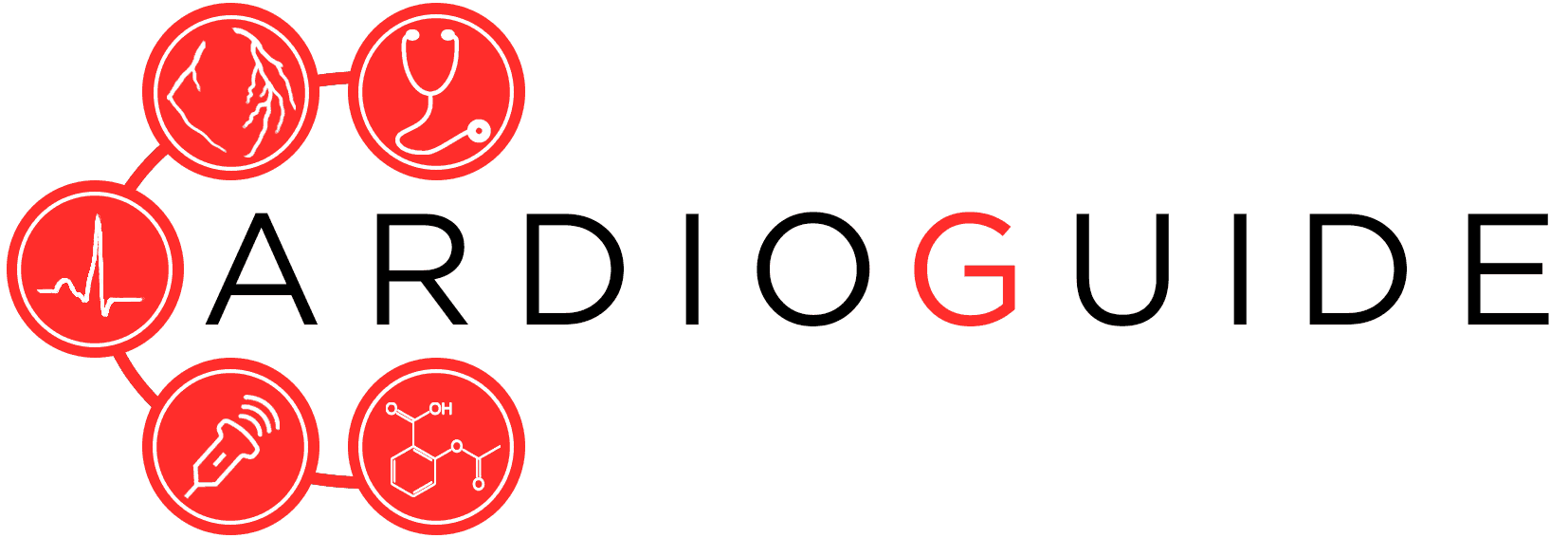Background
The free wall typically grows the most, which directs more forces backwards, upwards, and left. (Leftward Axis)
Causes
- Acquired (Aortic Valve Disease, Hypertension)
- Cardiomyopathies (Ischemic CMP, Genetic CMP)
- Congenital Heart Disease (AS, Coarctation, fibroelastosis)
Criteria
Cornell Criteria:
- R in aVL + S in V3 > 24mm in men, > 20mm in women
- (Sensitivity: 22%, Specificity: 100%)
Sokolow-Lyon Criteria:
- S in V1 + R in V5-6 ≥ 35mm
- (Sensitivity: 42% Specificity: 96%)
Sokolow Index (aka “aVL Criteria”)
- aVL ≥ 11mm
- (Sensitivity: 9-13%, Specificity 99%)
Diagnosing Scoring Systems: (rarely used in practice)
- i.e. Estes Score (scores ST changes, voltage criteria, and negative P-waves) and calculates probability of LVH
Associated Findings
- Repolarization changes (ST depression, TWI) (i.e. strain pattern)
- Atrial Fibrillation
- Left Atrial Enlargement
Examples
 LVH with repolarization abnormalities
LVH with repolarization abnormalities
Lorem ipsum dolor sit amet, consectetur adipiscing elit. Ut elit tellus, luctus nec ullamcorper mattis, pulvinar dapibus leo.
Lorem ipsum dolor sit amet, consectetur adipiscing elit. Ut elit tellus, luctus nec ullamcorper mattis, pulvinar dapibus leo.
Further Reading
- Hancock EW, Deal BJ, Mirvis DM, et al. AHA/ACCF/HRS recommendations for the standardization and interpretation of the electrocardiogram: part V: electrocardiogram changes associated with cardiac chamber hypertrophy. Journal of the American College of Cardiology. 2009; 53(11):992-1002.

